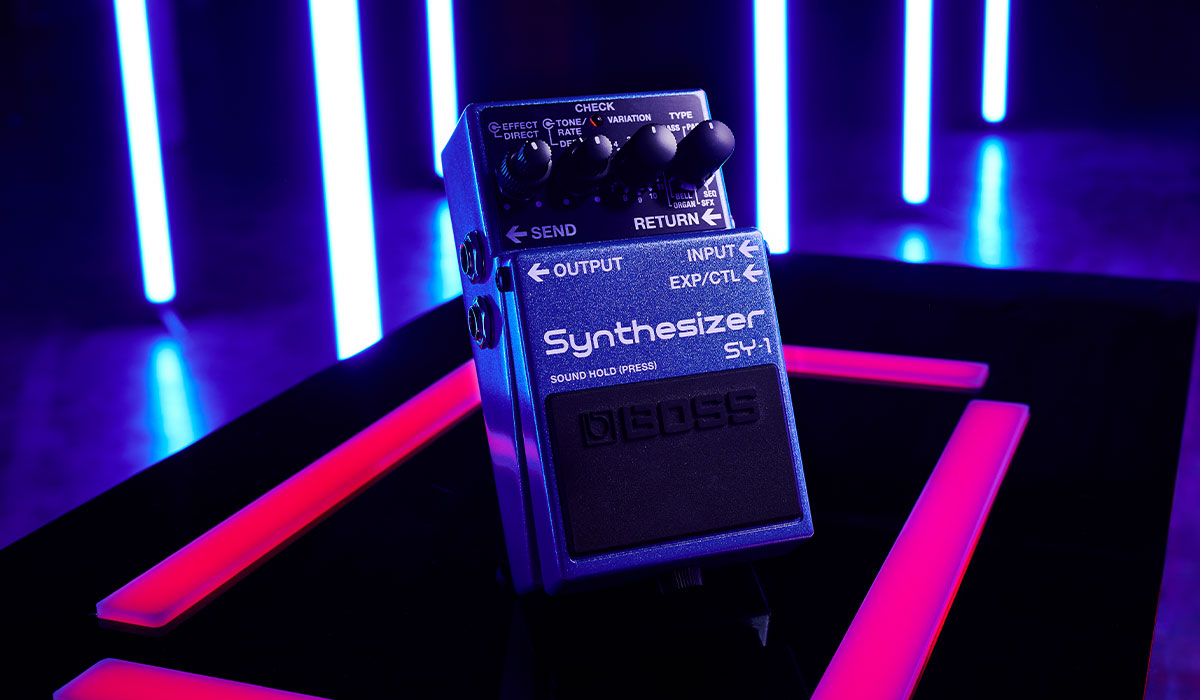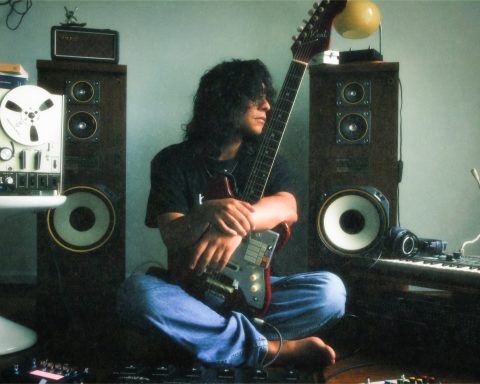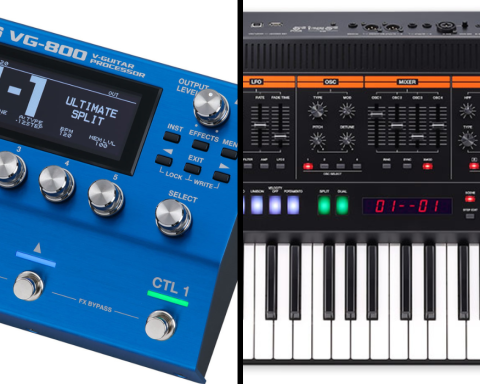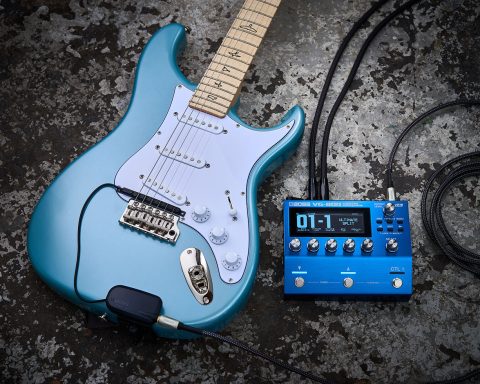If you play guitar in a working band, maybe you’ve wanted to do certain classics live but haven’t because you don’t have a keyboard player. We’ve got you. The BOSS SY-1 Synthesizer pedal is the secret weapon you need on your board to pull synth sounds from your guitar and get the crowd pumping.
With the SY-1, you don’t need a special pickup or any sort of specialized hardware. Plug straight in with a standard instrument cable. The watch a whole new world of synth tones appear immediately at your fingertips. No programming or menu-diving, just straightforward controls and a whole lot of fun. Might as well jump, right?
Before we get into how to use the SY-1 to emulate classic synth sounds, let’s take a quick sonic journey. We’ll travel from the ’80s— the heyday of the synthesizer—all the way through to the 2000s and beyond. Note: No synthesizers were harmed during the making of this video.
The Basics
The TYPE knob on the SY-1 gives you a choice of 11 families of synth sounds.
- LEAD 1/2: A wide range of sounds suitable for single-note soloing.
- PAD: Full tones that work great with chords, from layered pads to synth brass and more.
- BASS: Fat synth bass sounds, including filtered and sub-octave tones.
- STR: Classic analog-style strings, including layered voices and sweeping textures.
- ORGAN: A large selection of organ sounds, including many with rotary-style modulation.
- BELL: Percussive synth sounds with metallic resonance.
- SFX 1/2: A variety of synth sound effects, including explosive one-shot sounds, animated pitch/filter voices, and more.
- SEQ 1/2: Pulsating sounds with rhythmic pitch or filter changes.
Variation and More
For each TYPE, the VARIATION knob allows you to select from 11 different versions of that sound. This gives you a whopping 121 different tones to choose from. The TONE/RATE and DEPTH knobs then allow you to fine-tune your tone.
You can use the pedal’s SEND/RETURN jacks to separately process your dry guitar signal. Then use the EFFECT and DIRECT knobs to blend both the synthesized and “normal” guitar to taste.
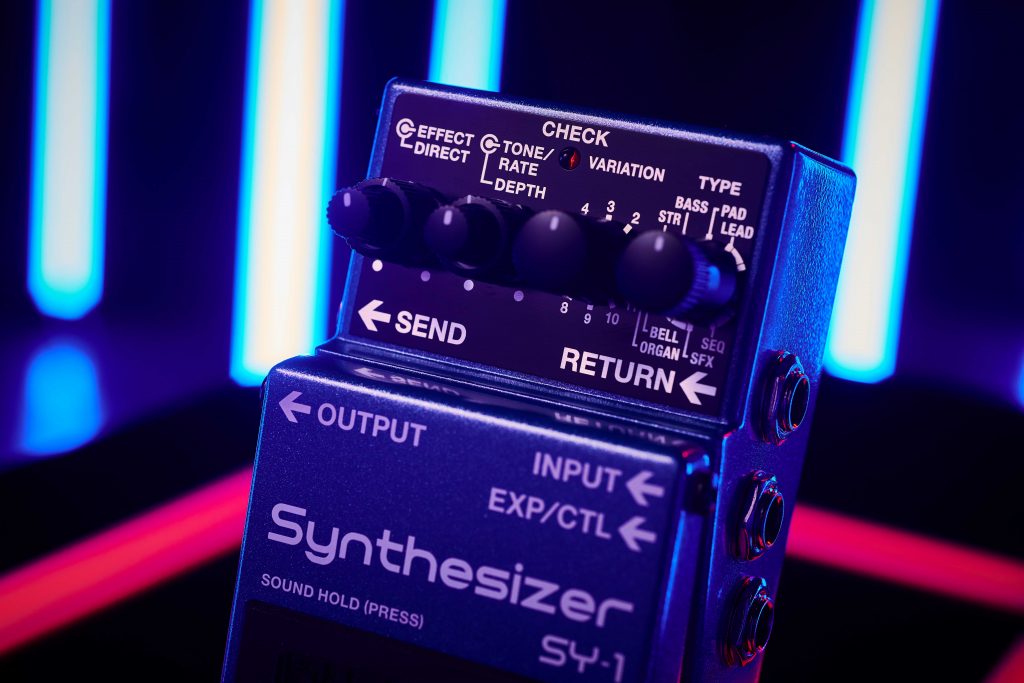
It’s Not What You Play, It’s How You Play
Once you’ve chosen the right tone, you also need to remember that you’re mimicking a completely different instrument. That means adapting your phrasing and playing style to suit.
For example, the iconic keyboard sound of Van Halen’s “Jump” uses punchy triad stabs. You wouldn’t be able to replicate this on guitar by strumming each triad. This is because a strum sounds the notes ever so slightly one after another rather than all at once.
Think of the mechanics of strumming guitar strings. You’re playing them in a cascading sequence, like a sped-up arpeggio. In this case, the best strategy is to pluck the notes, so that they all ring out at once.
Modern and Classic
More modern examples like Lady Gaga’s “Poker Face” might use a synth bassline sequenced with an almost robotic feel. To get a similar vibe on guitar, play the notes straight without vibrato. Use left-hand muting to create a staccato phrasing that pulses along with the beat.
Using the ORGAN sounds to emulate a classic Ray Manzarek line or rip a Jon Lord solo? If so, it’s imperative to remember that an actual organ doesn’t have a pitch bend wheel. That means you shouldn’t bend notes, which is second nature as a guitar player. That’s a physical impossibility on the original instrument and can end up sounding unnatural. Pick single note lines if possible, and like “Jump,” pluck chords rather than strumming them.
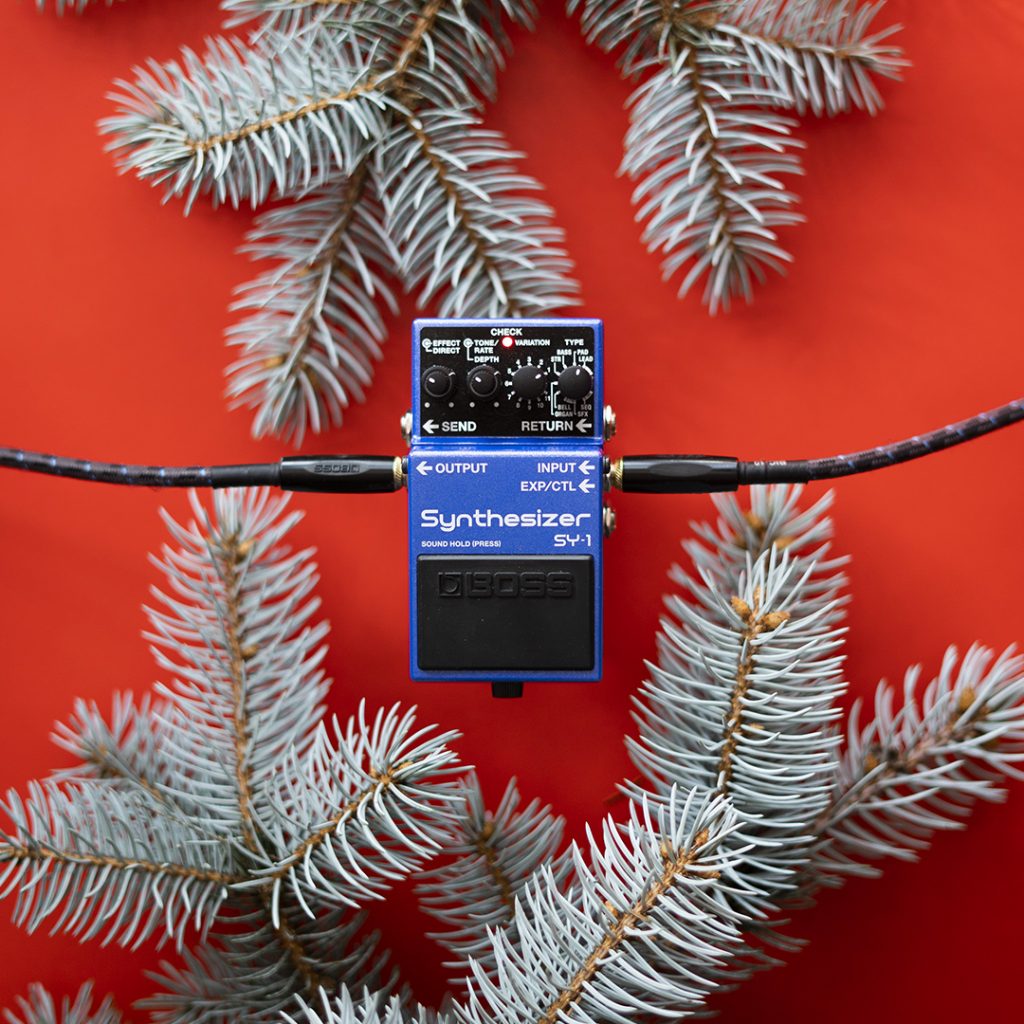
Add Some Dimension
Here’s an easy one to translate across to guitar playing: chorus. Synths and this effect went hand-in-hand in the ’80s in large part due to the iconic Roland JUNO-60 and its immense popularity with players of that era. The JUNO-60 had two chorus settings. When engaged, they imparted a rich, spatial enhancement that turned a basic mono synth sound into lush, warm, stereo goodness.
The love affair between synth and chorus has continued to this day. Indeed, many synth players buy guitar chorus pedals to supplement their sounds and experiment with new tones.
You can get a very similar effect with the SY-1 by playing a DC-2W Dimension C after it. Guitarists praise the Dimension C sound for its unique spatial processing. It magically enhances the width of a sound without overt chorusing movement. As a finishing touch, add a little delay. Voilà, you’ve got an authentic synth tone that’ll have the audience wondering whether you’ve got a hidden keyboard player under the stage.

Synth, the Final Frontier
OK, synthesizers can seem unfamiliar to a guitarist. Luckily, the SY-1 makes it easy, intuitive, and fun to take classic synth riffs and interpret them for guitar. Before you know it, you’ll be rocking out all those awesome hits you’ve been missing from your setlist. No keyboards required.

